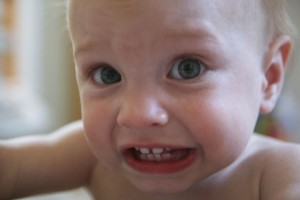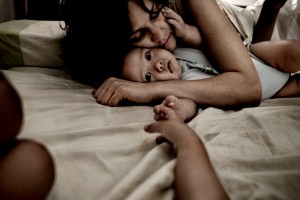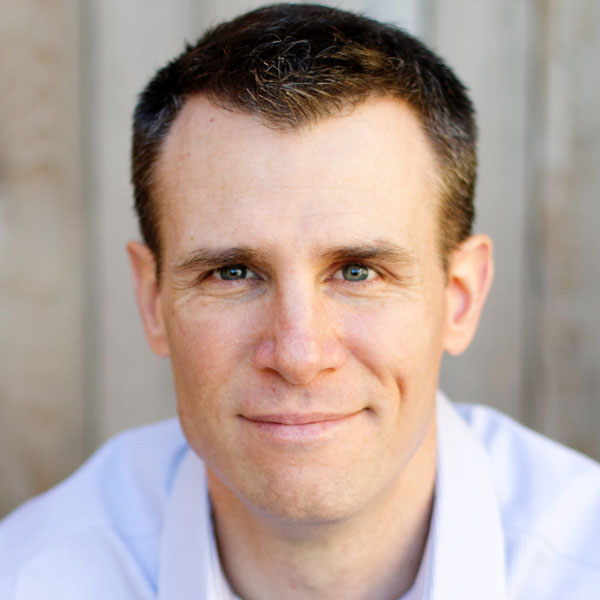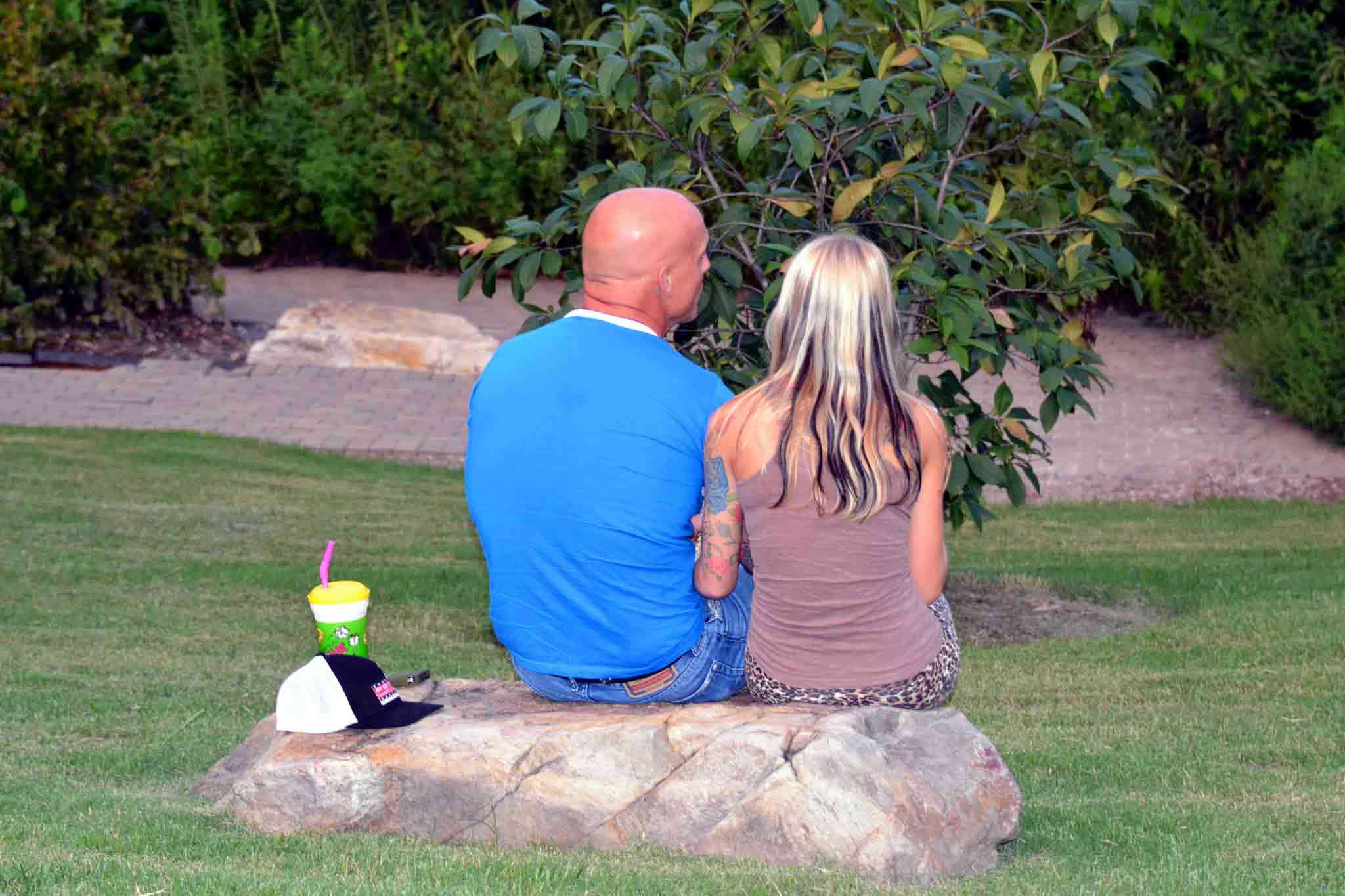Endings and Leavings | Part 7 of a 9-part series on the deeper Self that awakens in laboring through grief, living through loss, and embracing endings as the seedbed of new beginnings.
 In 6th-century Ireland, a Celtic abbot named “Brendan the Navigator” was known for voyaging with his band of monks into the wild, watery wasteland of the Atlantic Ocean … and instructing them to throw their oars overboard.
In 6th-century Ireland, a Celtic abbot named “Brendan the Navigator” was known for voyaging with his band of monks into the wild, watery wasteland of the Atlantic Ocean … and instructing them to throw their oars overboard.
It was considered an act of trust and devotion: to seek God’s face unencumbered by mainland distractions, to face their fears in the refining harshness of the unknown, the “desert of the sea.”
Some perished, by storm or starvation. Some drifted, in animal-skin skiffs called currachs, to distant islands where they established new homes and monasteries. Some found their way to the New World, a thousand years before Columbus.
First Skin — Psychic Skin
At an early age, many of us were cast into deep emotional waters without oars, with barely any sense of the raw “skin” keeping us afloat.
And though we keep one eye on the horizon as adults, scanning for land, we are also deeply ambivalent about finding or desiring “home.”
Often, our ambivalence is our first “psychic skin” protecting us from our deepest desire – because to touch this longing would also mean touching our deepest wounding of shattered trust.
My previous article in this series explored how the “fear of breakdown” tyrannizing us as adults often is connected to early patterns of emotional dissociation learned in the home, even in a “good” home.
As psychoanalyst Donald Winnicott noted, the breakdown we fear has already happened. But as young children, we were too overwhelmed – too busy surviving the breakdown – to fully feel or experience it. We cannot trust that we’ve left the past behind. The breakdown we dissociated from, we now “relive” in fearful hypervigilance.
Without this missing felt experience, the child is emotionally adrift.
And so is the child-self of the adult.
Second-Skin Survival
 Psychoanalytic literature commonly describes the young child’s traumatic experience of being emotionally “dropped” as a disintegrating freefall into a “black hole” of “nothingness.”
Psychoanalytic literature commonly describes the young child’s traumatic experience of being emotionally “dropped” as a disintegrating freefall into a “black hole” of “nothingness.”
Esther Bick describes how “the predominant terror of the baby is of falling to pieces or liquefying,” as though being launched into orbit without a protective spacesuit. Joan Symington calls it a “catastrophic fear” of “spilling out into space and of never being held again.”
This fear is greatly reduced, Symington said, when parents “strengthen the baby’s psychic skin” by functioning as a “container” for the child’s felt experience. A child feels “held” by parents’ mirroring his facial expressions and emotional experiences back to him, and repairing normal “ruptures” by calmly re-attuning to his needs.
However, when parents are too erratic, intrusive, or dissociated to “hold” an infant psychically, he must frantically seek a “second skin” to hold himself together, Symington says.
Symington indicates that the infant learns to fixate on and “adhere to” sensory stimuli, which provide a surrogate sense of being held together like a skin: it could be a light reflecting in a window, the wash machine’s distant humming, the infant’s rigidly clenching and holding a muscle group, or churning his body in constant motion (as if to keep himself psychically afloat).
Well-Worn Adult Skin
We all carry with us into adulthood the shame of “second skins” that are waiting to be shed. We cover the fragile self-parts that do not feel contained, that we struggle to hold together. In our dimly conscious and unconscious attempts to “armor-plate the personality,” Symington tells us that we isolate ourselves from others and perpetuate our fears.
These infant survival mechanisms in adults can sometimes surface as highly functional, or at least socially adaptive, behavior. If we’re honest, we can locate within ourselves the obsessive-compulsive need to master a skill or understand a problem, to talk incessantly or deflect conversation, or to veer from self-deprecating banter to brutal self-contempt.
The “dropped” infant who freezes up, or who cannot stop frenetic movements, may become the adult who defends against breakdown by adamantly “adhering” to a rigid belief system or lifestyle – the hoarder, the cynic, the floater, the player. The diplomat or the crusader. The busy jet-setter who can’t slow down or the rigid wallflower who doesn’t dare to dance.
To frame this behavior through the lens of Parts 1-5 of this series: it’s an attempt to sabotage an ending that we fear we cannot bear.
Driven Towards Death – for the Sake of Life
Our adult “fear of breakdown” is exacerbated by the early endings they trace to – dissociated, fragmented experiences of broken trust and unresolved loss.
We still dissociate to survive. However, we’ve never truly found rest in our second skins.
As pain-avoidant as we are, Winnicott said, at a deeper level we are “compulsively” driven to finally touch the early emotional or psychic death we so fear.
“It is the death that happened, but was not experienced, that is sought,” he said.
In other words, something within urges us “home” – to finally hold and grieve our endings.
“The only way to ‘remember’ … [is] to experience this past thing for the first time in the present,” Winnicott said. “There is no end … unless the thing feared has been experienced.”
Grief Support and Re-membering
 As state previously, the healing work of remembrance is not necessarily in the details or factual recall. It’s in making room, over time, for the emerging “felt experiences” of loss (past and present) that have been long resisted and scorned.
As state previously, the healing work of remembrance is not necessarily in the details or factual recall. It’s in making room, over time, for the emerging “felt experiences” of loss (past and present) that have been long resisted and scorned.
Winnicott’s words echo through the decades as a call to “re-member” the Self – by sharing its scarred story in a community willing to hold it. With trusted others providing grief support, the tyrannical fear of imminent breakdown is exposed for what it is – the breakdown that’s old news.
In the end, we find a new beginning: a more complete story can be told about what those old endings really mean, what they say about you, and how much power they should be given.
The all-consuming “black hole” of despair slowly becomes the emptying dark that quietly nurtures the emerging and becoming Self.
Christian Counseling: Leaving and Finding Home
Learning to retell your story may feel like launching into the abyss of the Atlantic with St. Brendan’s monks. Letting go of old protective patterns (oars) can more terrifying than the tempest itself.
As Brendan demonstrated, we must risk leaving home for the sake of finding it. And as Winnicott wrote, we must dare to touch the dark “emptiness” of our lives – and to experience this with others – before we can be filled.
I believe that, in plunging into the ocean wilderness, Brendan’s monks were yearning for one primary experience: that of being “held,” naked and unashamed. The part of us easily triggered by fear and shame, the part that feels itself free-falling through empty space, longs to know that someone’s strong and gentle hands are waiting.
Told another way, what seems like a death wish might actually have been a primal scream to truly live.
Professional Christian counseling can serve as a holding environment for grieving and growing through endings, for discovering new pathways of healing and becoming.
* Bick, E. (1986). Further considerations on the function of the skin in early object relations. Findings from infant observation integrated into child and adult analysis. British Journal of Psychotherapy, Vol. 2, Issue 4, 292-299.
* Symington, J. (1985). The Survival Function of Primitive Omnipotence. International Journal of Psychoanalysis, 66: 481-487.
* Winnicott, D. W. (1974). Fear of breakdown. International Review of Psychoanalysis, 1, 103-107.
Photos“Stormy Sea,” courtesy of horslips5, Flickr CreativeCommons (CC BY 2.0); “Scared Here Folks,” courtesy of Kirs Gabbard, Flickr CreativeCommons (CC BY 2.0); “Security,” courtesy of CIA DE FOTO, Flickr CreativeCommons (CC BY 2.0)






